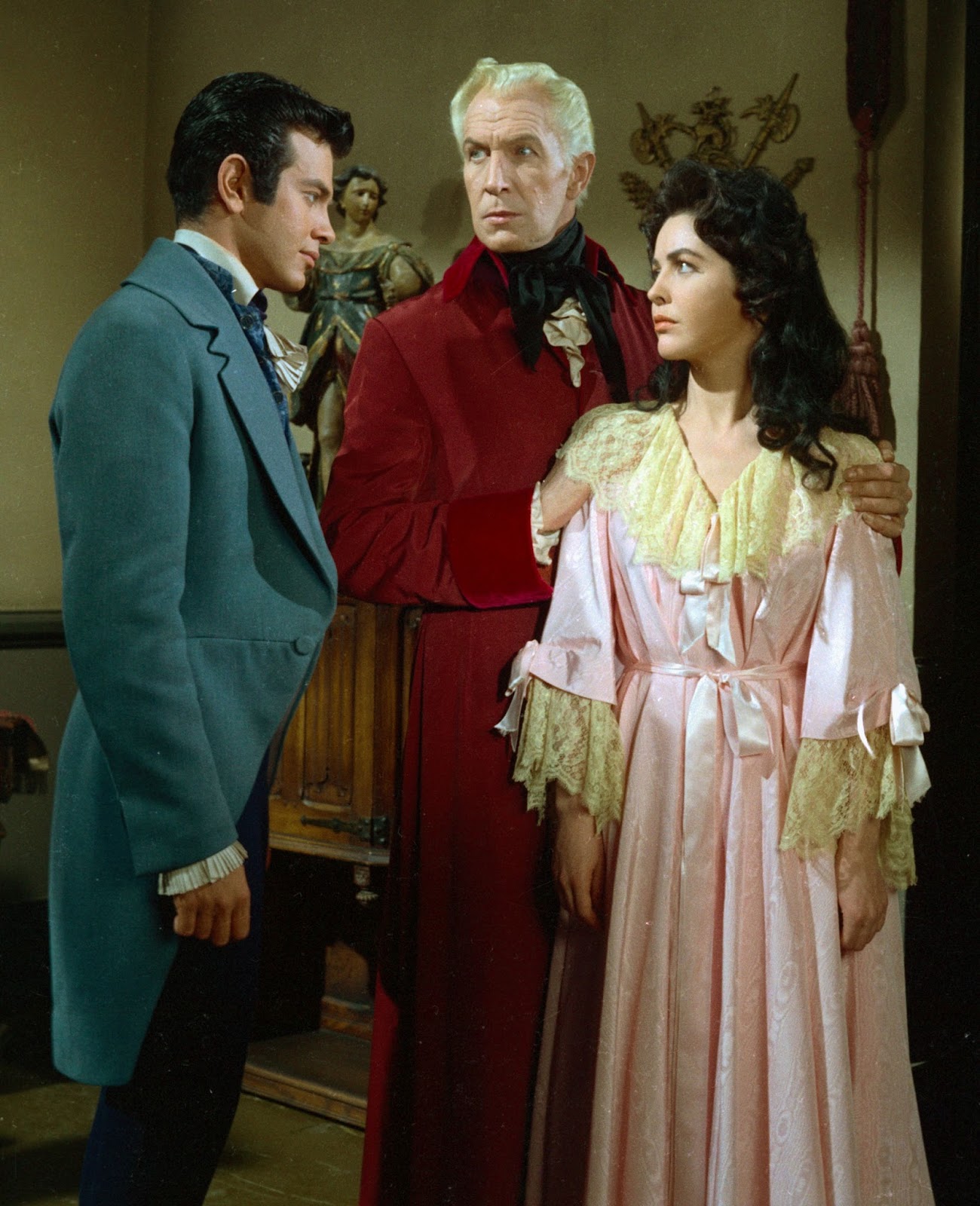

The storm grows worse, and both men hear the groans and scrapings of someone struggling somewhere in the mansion-and they hear the iron doors of the dungeon opening. The narrator attempts to calm his friend by reading aloud an old tale about a knight slaying a dragon. The house is slammed with violent wind and enveloped in a “density of clouds” “huge masses of agitated vapor… glowing in the unnatural light of a faintly luminous and distinctly gaseous exhalation which about and enshroud the mansion.” Roderick comes to the narrator’s room to find solace from his depressed agitation. Several nights after the burial, the house is enveloped in an almost supernatural storm.

Roderick suffers severe melancholy after Madeline’s death. Roderick and the narrator inter her themselves, but because Roderick fears that the household physician might want to steal her body (a real fear in the nineteenth century, when fresh dead bodies were used surreptitiously for dissection), they place her sealed coffin in an old dungeon in the castle, a vault “small, damp, and entirely without means of admission for light,” a chamber just beneath the narrator’s own sleeping quarters. Of course, Madeline dies of a cataleptic fit. The narrator discovers that Madeline is cataleptic, and Roderick is desperate to save her life.

What’s more, Roderick lives in seclusion with the only other living Usher, his extremely ill twin sister, Madeline. The narrator notices that Roderick keeps himself completely secluded in this dark and dank house, occupying himself with occult books and with his painting and music. As the story opens, the narrator arrives at the manor house of his school friend, Roderick Usher, who has invited him to come help alleviate his “nervous agitation,” his “mental disorder,” his mysterious “malady.” The House of Usher is precisely what one expects from a gothic horror story: imposing walls and turrets, a bog-like tarn surrounding the ancient building, murky fog and clouds consuming the barren landscape. This week the COS Great Books group discussed Poe’s “The Fall of the House of Usher,” a work embodying many of Poe’s favorite motifs-insanity, moral darkness, mystery, and pervasive death. Indeed, Poe was the nineteenth century American master of the mysterious and the macabre, perhaps our first great horror writer, and certainly one of the finest short story tellers in the American tradition. Many of us associate Edgar Allan Poe with works like “The Tell-Tale Heart” or “The Raven” (“Nevermore!”).


 0 kommentar(er)
0 kommentar(er)
